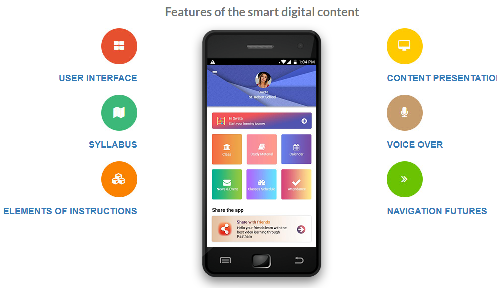Are you a great teacher? Are you sure that you are able to teach effectively? If these doubts are in your mind here is a blog to help you teach effectively. The engagement of the students in the class determines the quality of a class. The current students are bored of the traditional education Therefore; teachers should built new strategies and use new teaching methods to drive the students interest in learning. Here are some innovating teaching method and strategies to improve your teaching.
5 methods teachers should follow to teach effectively
Be passionate and enjoy the work
It’s the major part of any work. If you don’t love teaching or your subject, it is difficult to do the work, and it will get reflected in your teaching. A passionate teacher is a successful teacher, as it’s what makes a good teacher to a great teacher.
Teamwork
Most of the teacher fails in this. As a teacher it’s not only enough to know your subject, to know about your students is also as important. Spend some quality time with your students this helps you to know more about your students and the students get to experience more of you. This improves the student-teacher relationship and makes the class work as a team. As always, the end result of collaborative work is better.
Be open-minded
Always be open-minded. Being an open-minded person, you are able to welcome new ideas and new learning styles. This improves your students engaged in your teaching. As always you think yourself as open-minded, as of human nature we resist a change. So make sure to be open minded and try out new ideas and new teaching method.
Teach like telling a story
Learning sessions become boring very fast. If you try to teach them like it was like a story, it would definitely turn interesting. As we all know that we like to listen to a story rather than listen to a seminar, it’s just like that.
Creative way of teaching
This is a way of teaching by which you can engage your students in the learning process. This includes implementing audio and video material to the teaching. Everyone is bored with the same textbook lets make a change and introduce audio-visual materials as an alternative the students would be thrilled, and they are more engaged and can understand more.
These are the basic things to make teaching effective. As the technology is grown, various new strategy can be brought in the teaching which promises as an innovative method for teaching effectively. Let’s get to know them.
5 strategies teachers can use to embrace their teaching more effective
Teaching through interactive visual content
This can make the teaching experience to a deeper level of learning and observing which improves the student’s engagement and helps to understand more.
Use virtual reality for teaching
The use of virtual reality and 3D technology the teaching can be taken to the next level. the teacher is able to portray the situation to the students by using 3D technology. For instance, rather than explaining about the interior of the earth and making the students imagine it, 3D technology helps to show the 3D representation of the interior of the earth and makes the students easy to interpret.
Use of virtual laboratory
It’s a safe way for students to practice their practical session without hurting themselves. Virtual laboratory enables the students to access the laboratory from anywhere in a safe environment without using any physical features.
Use of 3D printing
Another useful technology in studies. We all are bored with the 2D prints it’s very difficult to interpret some complex structures and figures in 2D. By the coming of 3D printouts, teachers are able to provide the students with a clear picture and visualize the structure more easily. For example, while teaching about the atom and its structures and figures, it helps students understand easily by giving them a detailed visual.
School management system is an ERP software which helps a school administrator to manage their academic and administrative activities with ease. A school management system helps teacher to communicate with their parents and discuss about their career growth and provide a better knowledge. It reduces the effort and stress to organise and manage the details and record of every student’s academic activities. This education software helps to improve the quality of teaching. It provides teachers the ability to access to their class remotely and they can upload digital videos, study material, practice papers, quizzes and many more as reference materials to the students.













